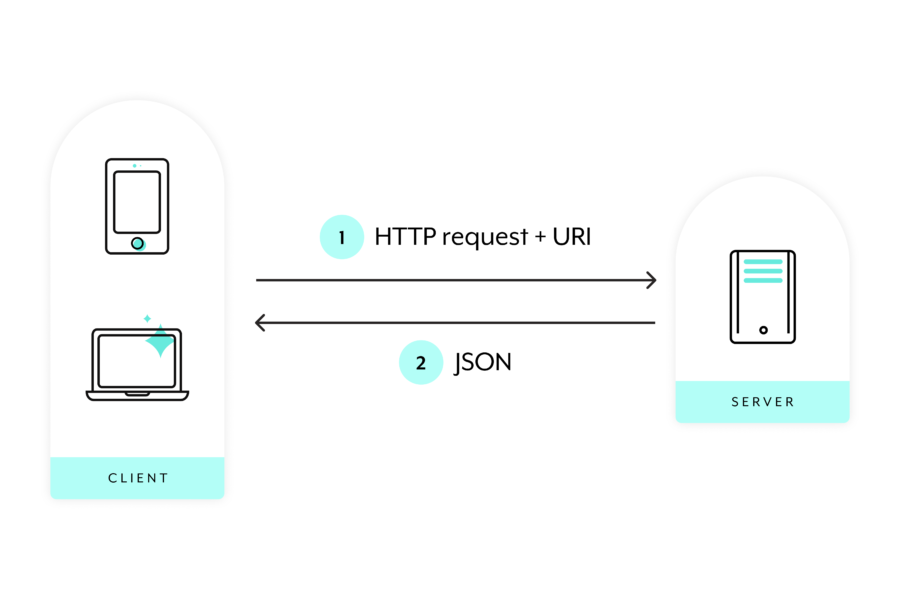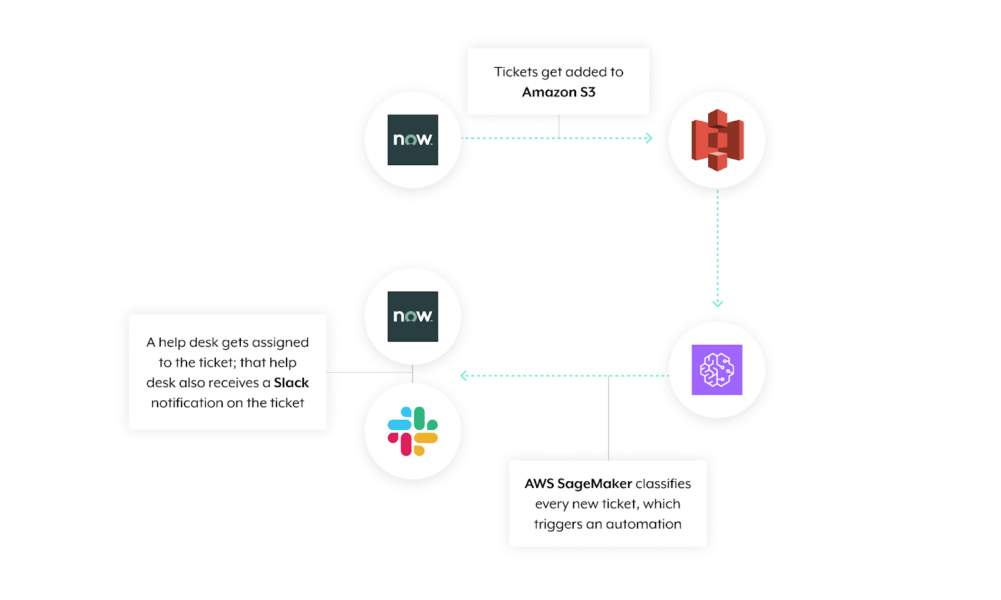Organizations need their applications and databases to communicate effectively with one another in order to keep data in sync and power end-to-end automations.
While there are a few integration methods to choose from, connecting systems via their application programming interfaces (APIs) is often the best choice.
We’ll explain why API integration can be an invaluable part of your digital transformation efforts by highlighting some of the top benefits it provides. But to start, let’s align on the definitions of an API and API integration.
What is an API?
An API is either an endpoint or a collection of endpoints that an application provides. A client application can access one of these endpoints by making an API call to the application’s server; if successful, the client application receives the requested data or functionality in near real-time.

What is API integration?
It’s either a 3rd-party or in-house solution that allows your organization to connect applications and databases via their APIs.
Related: How API integrations work (7 examples)
Benefits of API integration
API integrations allow you to transform your processes, remove data silos, avoid mundane, repetitive tasks, improve the customer experience, keep employees engaged, and more.
Let’s take a closer look at its benefits.
Offers high performance
API integrations perform well in a number of ways.
For starters, data can move from app to app in a matter of milliseconds, enabling your employees and partners to access the data they need, as soon as they need it. Moreover, they’re resilient, as making changes to your applications’ UIs won’t affect your API integrations. And finally, they can be easy to set up and manage with a 3rd-party’s application connectors. For instance, the 3rd-party’s connectors can account for any changes to APIs over time without disrupting the integrations they’re used in.
Related: 5 tips for building API integrations
Enables innovative automations
API integrations can enable a variety of end-to-end automations.
For example, using API integration, you can connect your ITSM tool (e.g. ServiceNow) with a storage solution (e.g. Amazon S3), a machine learning platform (e.g. Amazon SageMaker), and a business communications platform (e.g. Slack).
Once connected, you can implement the following intelligent automation:

ServiceNow sends each ticket to Amazon S3, where AWS SageMaker uses a ML model to classify it. Once classified, the ticket gets assigned to the appropriate helpdesk. The employees associated with that helpdesk also receive a Slack notification on the ticket—allowing them to become aware of the issue quickly and work on resolving it as soon as possible.
Fosters greater employee productivity
In the absence of integration, each of your employees likely move between more than a thousand applications on a given day; according to a study by the Harvard Business Review, this leads employees to waste nearly 4 hours each week.
Fortunately, API integrations can help by providing employees the data they need within the applications they regularly use. For example, someone in finance doesn’t need to log into your CRM to look up the sales rep for a given deal, as that field can be synced to your ERP system.
Related: The top benefits of API integration platforms
Reduces human errors
Forcing employees to copy and paste data between applications can lead to all kinds of issues, from inputting the wrong information to adding it to the wrong place. And while not every human error has significant repercussions, many do. For instance, someone in finance can accidentally input the wrong amount on a client invoice—leading to a bad customer experience.
API integrations can help employees avoid the error-prone task of copying and pasting data, which enables them to minimize downstream errors.
Improves the employer’s reputation
Allowing employees to avoid tedious, time-consuming tasks around searching for information and copying and pasting data across applications doesn’t just benefit employee productivity and data integrity—it also helps you become a more attractive employer.
Case in point: when Gallup surveyed thousands of professionals to better understand their criteria when evaluating open positions, they found that most professionals want to work in a role where they can spend more time on the projects they’re best suited to perform. In addition, the majority of professionals want a healthy work-life balance.
Related: The benefits of REST API integration
Enhances the customer experience
API integrations can directly benefit customers. For example, if you apply the ticket-classification automation outlined earlier to customer issues, your support team can resolve issues sooner. Moreover, API integrations can benefit clients indirectly; if your integrations lead to happier employees, they’ll likely behave in ways that improve customer satisfaction.

Ready to integrate your applications?
Workato, the leader in enterprise automation, offers a low-code/no-code UX, enterprise-grade governance and security controls, and more than a thousand pre-built API connectors to help your teams integrate and automate at scale, safely.
